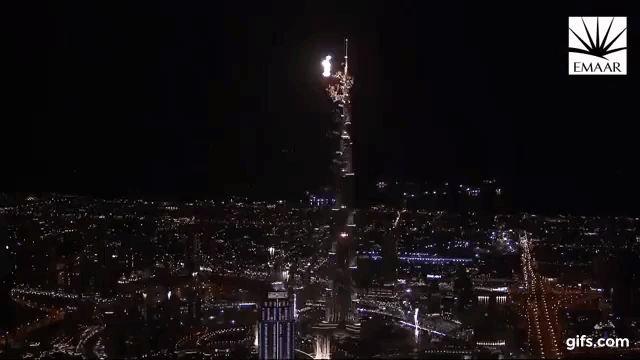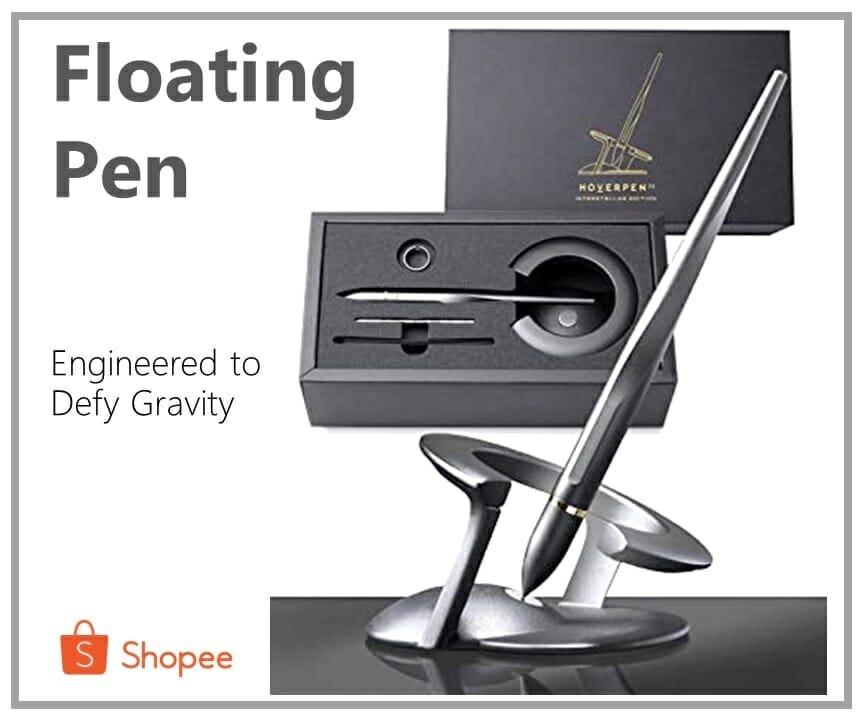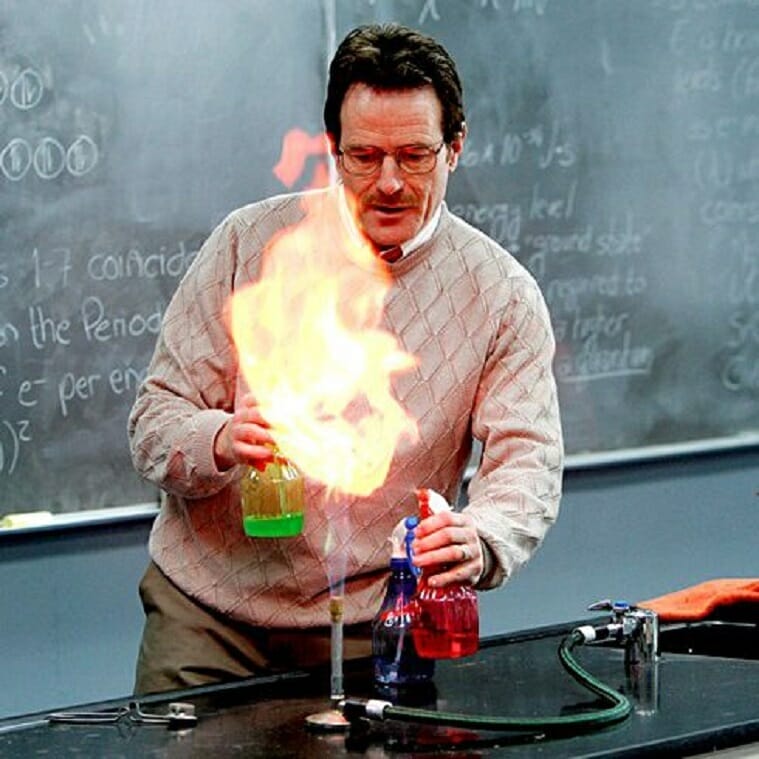Most of us know that the most important component of firework is gunpowder, or black powder. But have you ever wondered how they got their colors? The colors in fireworks comes from a wide range of metal compounds—metal salts in particular. So how do these compounds give these displays their colors?

Source: Jumeirah

Source: Emaar
The rocket body contains metal powders or salts which give the firework its color, and to help them in ignition, they are often coated in gunpowder. The heat that is produced by the combustion reaction causes the electrons in the metal atoms to excite to higher energy levels. Excited states are unstable, so the electron will quickly return to its original energy, and therefore emit excess energy in the form of light.

Source: Science Notes
Different metals will have a different energy gap between ground and excited states, therefore give out different colors. The colors emitted by different metals are as follows:
- Red: Strontium Salts (Strontium Nitrate, Strontium Carbonate, Strontium Sulfate)
- Orange: Calcium Salts (Calcium Carbonate, Calcium Chloride, Calcium Sulfate)
- Yellow: Sodium Salts (Sodium Nitrate, Sodium Oxalate, Cryolite)
- Green: Barium Salts (Barium Nitrate, Barium Carbonate, Barium Chloride, Barium Chlorate)
- Blue: Copper Salts (Copper (I) Chloride, Copper Carbonate, Copper Oxide)
- Purple: Combined Copper and Strontium compounds
- Silver: White Hot magnesium and Aluminium
- White: Burning metal Magnesium, Aluminum, Titanium














